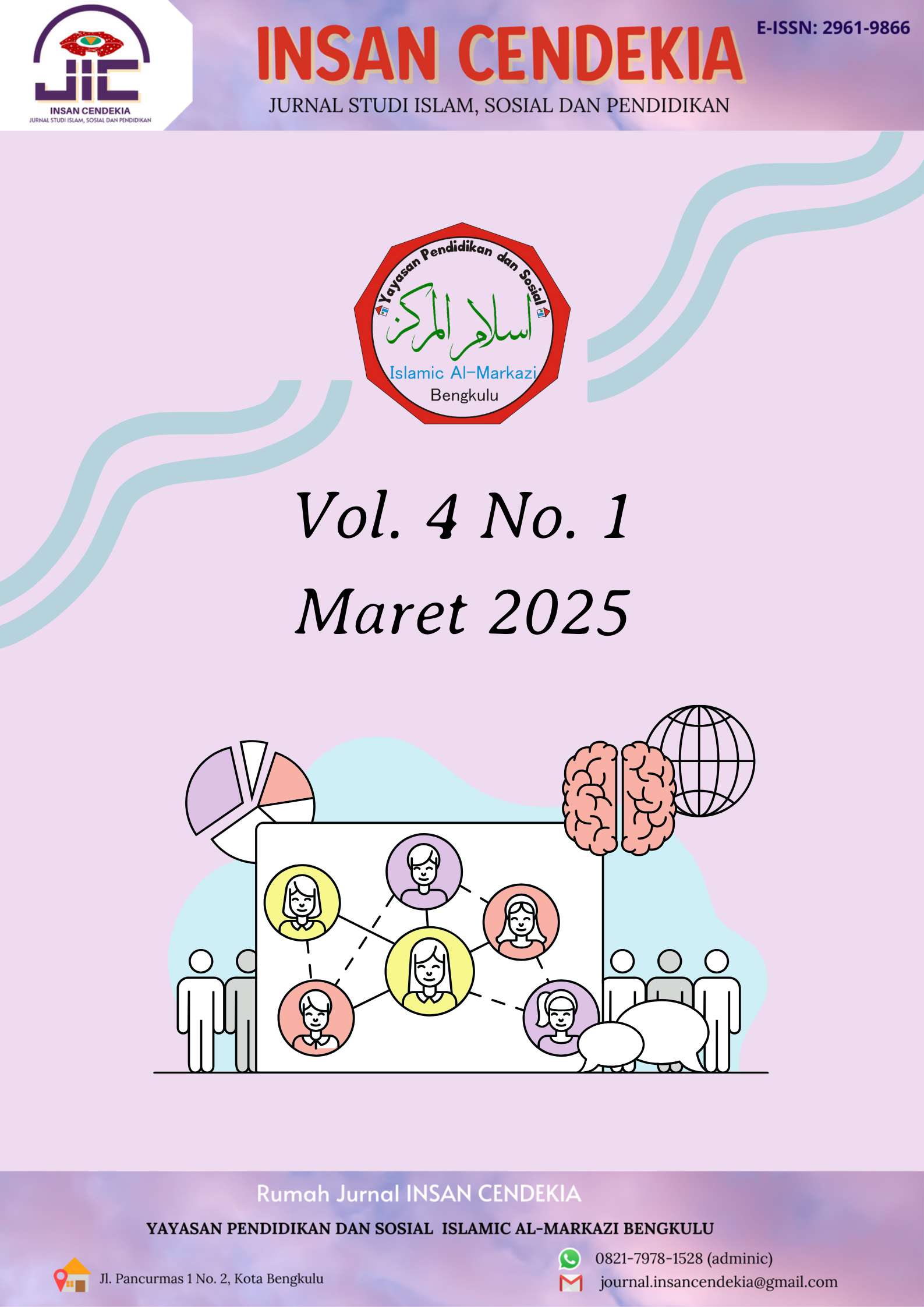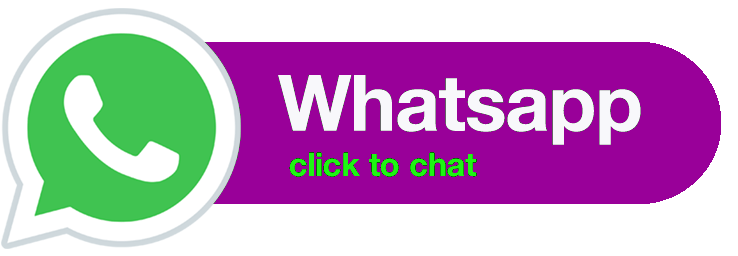Pemanfaatan Konten Digital TikTok dalam Pembelajaran Bahasa Inggris Dasar untuk Kehidupan Sehari-Hari
Keywords:
Digital Learning, Basic English, Tiktok Media, Social Media, English For Daily LifeAbstract
The purpose of this study is to develop and analyze how digital content for learning English for everyday life. Learning materials like this are intended to be used to teach basic English in everyday life. Technology in education is very important, especially in language learning, in today's digital era. Students can learn English in a more interesting, flexible, and easy-to-understand way by using videos and applications such as Tiktok. This study utilizes a qualitative case study on the audience. The results show that digital content can increase students' desire to learn, help them expand their vocabulary, and help them understand English terms that are commonly used every day. Students also feel more confident when speaking English in the real world. It is possible anytime and anywhere, learning becomes more flexible. This study found that digital content is very helpful in learning basic English and can be a relevant, interesting, and modern learning method. Thus, digital content can be an effective and fun way to improve basic English communication skills.
References
Alfarisy, F. (2022). Aplikasi TikTok Sebagai Media Pembelajaran Bahasa Inggris Di Indonesia. Jurnal Indonesia Sosial Sains. Diakses dari https://www.academia.edu/114917012/Aplikasi_Tiktok_Sebagai_Media_Pembelajaran_Bahasa_Inggris_Di_Indonesia
Fadilah, R., & Kartika, D. (2022). Utilization of TikTok as a learning media in English vocabulary acquisition. Journal of Digital Education and Technology, 3(1), 25–34.
Hakim, M. A. R., Revola, Y., & Serasi, R. (2024). Kompetensi Pedagogik Guru Bahasa Inggris di Madrasah & Pesantren. Bandung: Alfabeta
Hasanah, U., & Putra, R. A. (2021). Digital transformation in language education: Challenges and opportunities. Journal of Educational Technology and Innovation, 3(1), 34–42.
Hidayah, K. N., Hakim, M. A. R., & Martina, F. (2024). THE EFFECT OF USING GAME-BASED QUIZIZZ APPLICATION TOWARDS STUDENTS’VOCABULARY MASTERY (A QUASI-EXPERIMENTAL STUDY AT THE TENTH GRADE AT SMKN 2 BENGKULU). Pendas: Jurnal Ilmiah Pendidikan Dasar, 9(03), 233-245
Israel, B. A., Coombe, C. M., & McGranaghan, R. (2022). Community-Based Participatory Research: A Partnership Approach for Public Health. American Journal of Public Health, 112(5), 678-689.
Maretha, A. L., & Anggoro, K. J. (2022). App Review TikTok : Benefits, Drawbacks, and Implications for the ELT Field. 46(2).
Maulida, L., & Saputra, F. R. (2022). Social media-based learning : A strategy to engage digital native students in language education. Indonesian Journal of Digital Education, 5(1), 22–30.
Moreno, R., & Mayer, R. E. (2007). Interactive Multimodal Learning Environments. Educational Psychology Review, 19(3), 309-326. Diakses dari https://link.springer.com/article/10.1007/s10648-007-9047-2
Nasution, R. A. (2022). Pemanfaatan TikTok sebagai Media Pembelajaran Bahasa Inggris. Repository Universitas Malikussaleh. Diakses dari https://repository.unimal.ac.id/6652/
Prasetyo, H., & Aisyah, S. N. (2023). The rise of TikTok in education: Enhancing everyday English through short-form videos. Journal of Applied Language and Technology, 4(2), 91–101.
Rahmah, N., Afif, S., Saleh, M., Nurkhofifah, N., Saragih, N. Z. H., & Alkhalid, H. S. (2025). Efektifitas Konten Edukasi Keislaman di Platform Media Sosial: Analisis Resepsi Khalayak Generasi Z. Tabsyir: Jurnal Dakwah dan Sosial Humaniora, 6(1), 275-295.
Rokhman, I. A. (2024). TikTok Sebagai Media Pembelajaran Maharah Al-Kalam di Jurusan Pendidikan Agama Islam STAI Ma’had Aly Al-Hikam Malang. Borneo Journal of Language and Education, 4(2), 335-342
Salsabila, N. A. (2023). Exploring social media platforms for language learning: A study on TikTok in EFL context. Journal of Language and Digital Pedagogy, 4(2), 66–78.
Warini, N. L., Dewi, N. P. E. S., Susanto, P. C., & Dewi, P. C. (2020). Daya tarik TikTok sebagai media pembelajaran bahasa Inggris online. Sinesa Prosiding, November, 27-34
Wong, J., Yeung, N. A., Lerner, B., & Richland, L. (2021). Instructional Design, Situational Interest, and User Experience : Applications of Learning Experience Design to Promote Children’s Online Engagement.
Yulianti, D. (2022). Learning English with Short Videos: An Alternative Method for Gen Z. Jurnal Lingua: Jurnal Ilmu Bahasa dan Sastra, Universitas Muhammadiyah Sumatera Utara. Diakses dari https://jurnal.umsu.ac.id/index.php/lingua/article/view/7687
Yulianti, L., & Nugroho, A. (2021). TikTok-based learning media: Opportunities and challenges in teaching basic English. Indonesian Journal of Educational Media, 2(3), 140–150.
Downloads
Published
Issue
Section
License
Copyright (c) 2025 Bafelia Indriyati Absya, Masitha Aulia, Dini Agestia Putri S, Yona Listio Tesha, Bayu Nugraha, Muhammad Nadhif Alghaza Hasibuan

This work is licensed under a Creative Commons Attribution-ShareAlike 4.0 International License.
LICENSE TO PUBLISH:
1. License
Authors who publish with Insan Cendekia agree to the following terms: Authors retain copyright and grant the Insan Cendekia right of first publication with the work simultaneously licensed under the Creative Commons Attribution-ShareAlike 4.0 International (CC BY-SA 4.0) license, that allows others to share (copy and redistribute the material in any medium or format) and adapt (remix, transform, and build upon the material) the work for any purpose, even commercially with an acknowledgement of the work's authorship and initial publication in Insan Cendekia.
2. Author’s Warranties
The author warrants that the article is original, written by stated author/s, has not been published before, contains no unlawful statements, does not infringe the rights of others, is subject to copyright that is vested exclusively in the author and free of any third party rights, and that any necessary written permissions to quote from other sources have been obtained by the author/s.
3. User Rights
Under the Creative Commons Attribution license, the author(s) and users are free to share (copy, distribute and transmit the contribution).
4. Rights of Authors
Authors retain the following rights:
- copyright, and other proprietary rights relating to the article, such as patent rights,
- the right to use the substance of the article in future own works, including lectures and books,
- the right to reproduce the article for own purposes, provided the copies are not offered for sale,
- the right to self-archive the article.
5. Co-Authorship
If the article was prepared jointly with other authors, the signatory of this form warrants that he/she has been authorized by all co-authors to sign this agreement on their behalf, and agrees to inform his/her co-authors of the terms of this agreement.
6. Termination
This agreement can be terminated by the author or Insan Cendekia upon two months’ notice where the other party has materially breached this agreement and failed to remedy such breach within a month of being given the terminating party’s notice requesting such breach to be remedied. No breach or violation of this agreement will cause this agreement or any license granted in it to terminate automatically or affect the definition of Insan Cendekia.
7. Royalties
This agreement entitles the author to no royalties or other fees. To such extent as legally permissible, the author waives his or her right to collect royalties relative to the article in respect of any use of the article by Insan Cendekia or its sublicensee.
8. Miscellaneous
The Insan Cendekia will publish the article, or arrange for its publication, provided that the editorial process is successfully completed and the journal or its sublicensee becomes obligated to publish the article. The Insan Cendekia reserves the right to edit the article for consistency in punctuation, spelling, capitalization, and style, as deemed appropriate.




